Car Battery Maintenance and Replacement: Essential Tips and Replacement Indicators
Maintaining a car’s battery is crucial for reliable performance, as it powers the vehicle’s start-up and supports electrical functions. Regularly checking and cleaning battery terminals to prevent power loss, and securing the battery firmly to avoid damage from vibrations are essential practices.
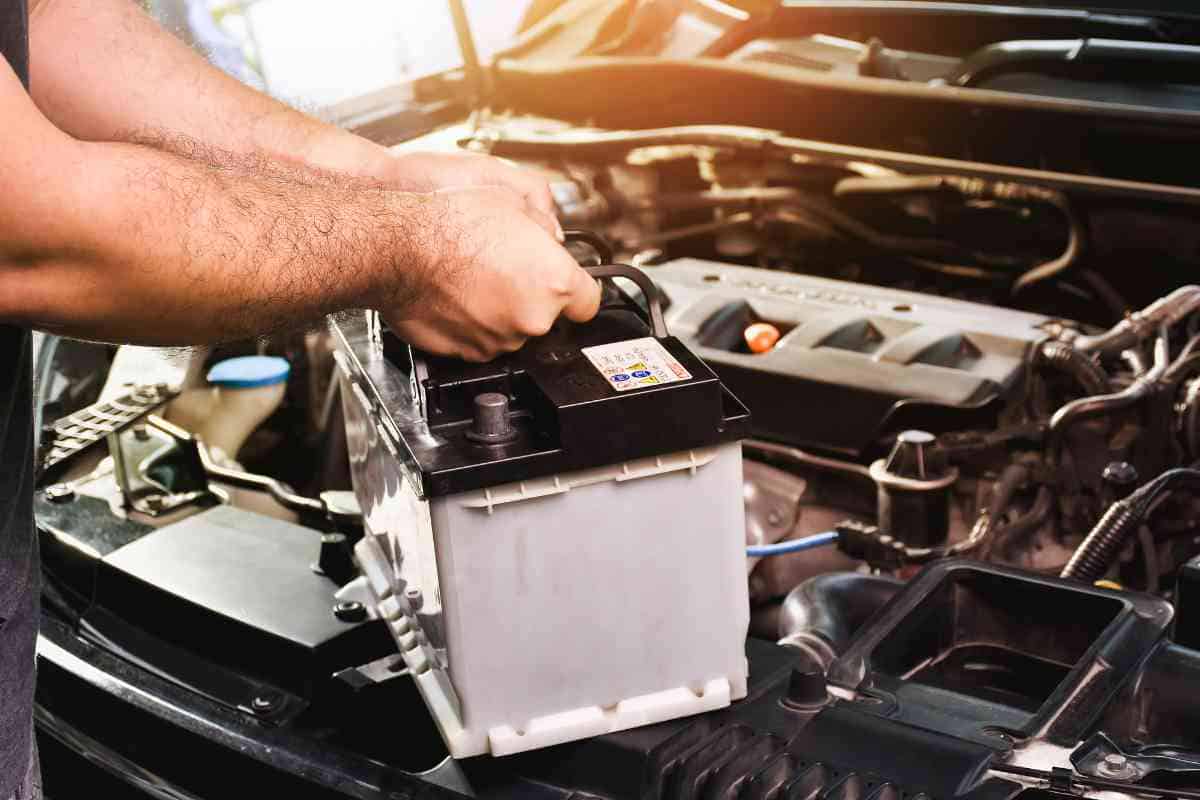
Related Post! Are Car Battery Indicators Reliable?
How Do You Replace a Car Battery?
To replace a car battery, first turn off the engine and engage the emergency brake. Disconnect the negative cable, then the positive. Remove the old battery, place the new one in the mount, and reconnect the cables—positive first, then negative. Ensure connections are secure and dispose of the old battery responsibly.
It’s important to recognize signs of a failing battery, such as slow engine starts, dimming headlights, or electrical issues, which indicate it may be time for a replacement. Typically, car batteries last three to five years.
Understanding Car Batteries
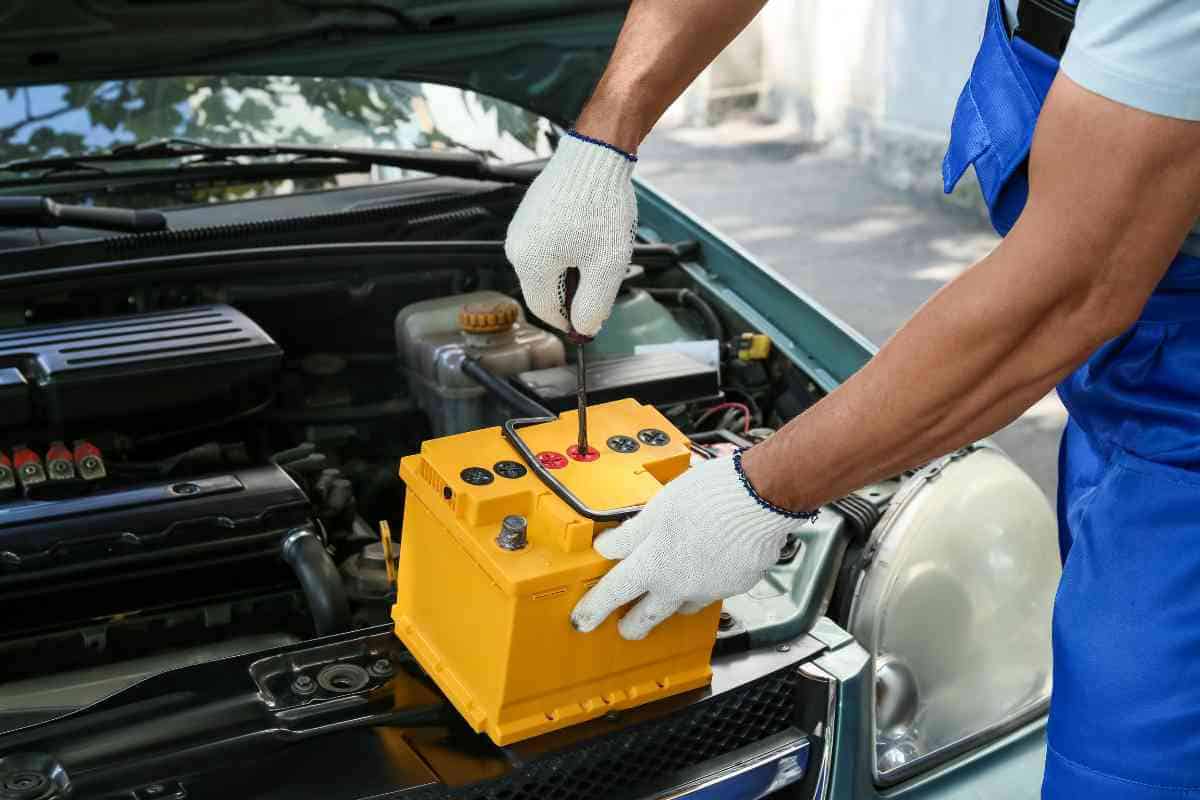
Understanding car batteries helps in making informed maintenance and replacement decisions. Car batteries vary in type and function:
Types and Chemistry
The most common is the lead-acid battery, affordable and dependable, with variations like starter batteries for ignition and deep-cycle batteries for continuous power usage in accessories or electric vehicles. Lithium-ion batteries are becoming popular in hybrids and electric vehicles for their light weight and longevity.
Functionality
The primary role of a car battery is to start the engine by converting chemical energy into electrical power, with the alternator taking over once the engine runs.
Specifications
Key battery specifications include Cold Cranking Amps (CCA), indicating the battery’s starting power in cold weather; Reserve Capacity (RC), which shows how long it can power essentials if the alternator fails; and Amp-Hour (Ah), the total energy storage capacity. Choosing the right battery involves matching these specifications with your vehicle’s requirements to ensure optimal performance.
Related Post! Can You Leave A Car Battery On While Getting Gas?
Routine Battery Maintenance
Maintaining your car’s battery is crucial for ensuring its longevity and optimal performance. Simple checks and maintenance tasks can significantly enhance its reliability.
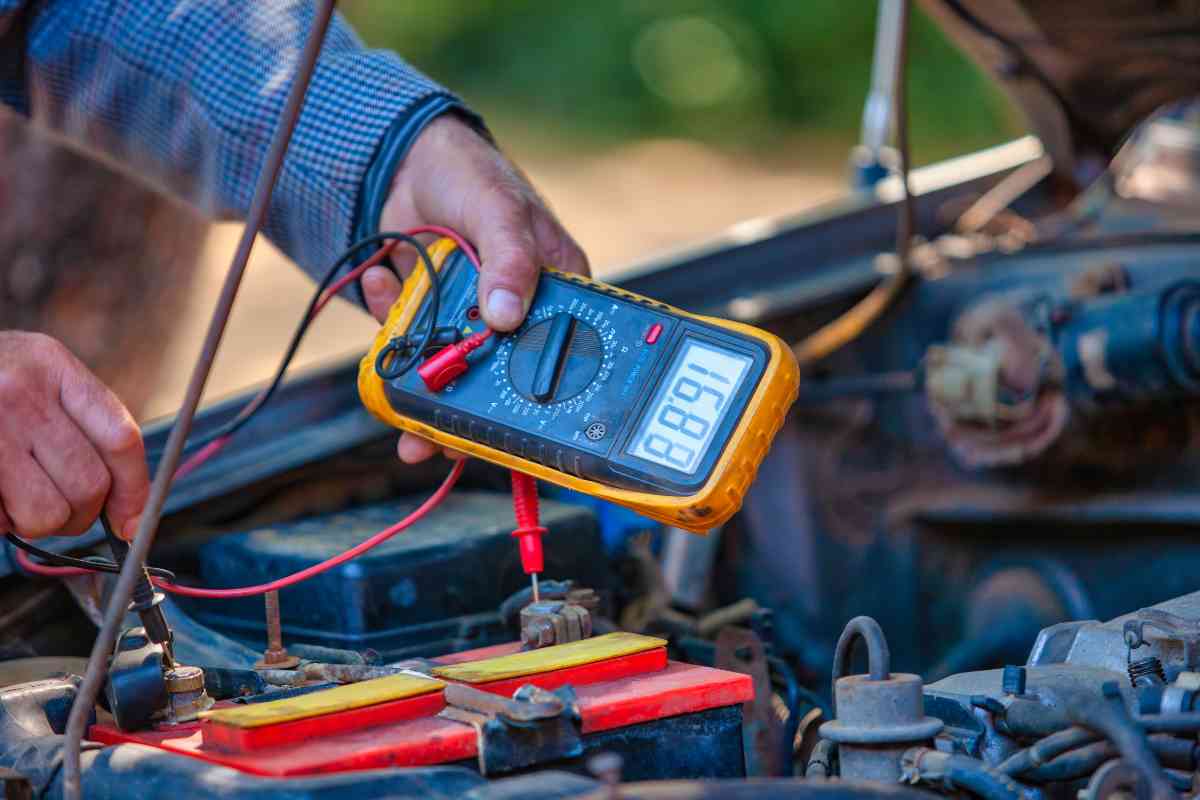
Visual Inspections
Regular inspections are essential. Look for cracks or bulging on the battery case, signs of potential internal problems. Ensure the hold-down bar is secure to prevent vibrations that could cause internal damage or short circuits.
Cleaning Terminals and Connections
Corrosion at the terminals can impair conductivity, leading to battery failure. Clean these areas periodically with a baking soda and water solution. Use a wire brush to scrub away corrosion after disconnecting the terminals. Reconnect tightly to ensure proper power flow.
Checking Electrolyte Levels
For batteries with removable caps, regularly check and maintain electrolyte levels. Top up with distilled water as needed, taking care not to overfill. This maintains proper submersion of the internal plates, optimizing performance.
Ensuring Proper Charging
A healthy battery requires correct charging. Use a multimeter to check voltage levels; a fully charged battery should read about 12.6 volts when the engine is off. For those often taking short trips, a battery maintainer can help keep the battery charged without overcharging.
Battery Health Monitoring
Regular monitoring helps avoid unexpected failures and keeps your vehicle running smoothly.
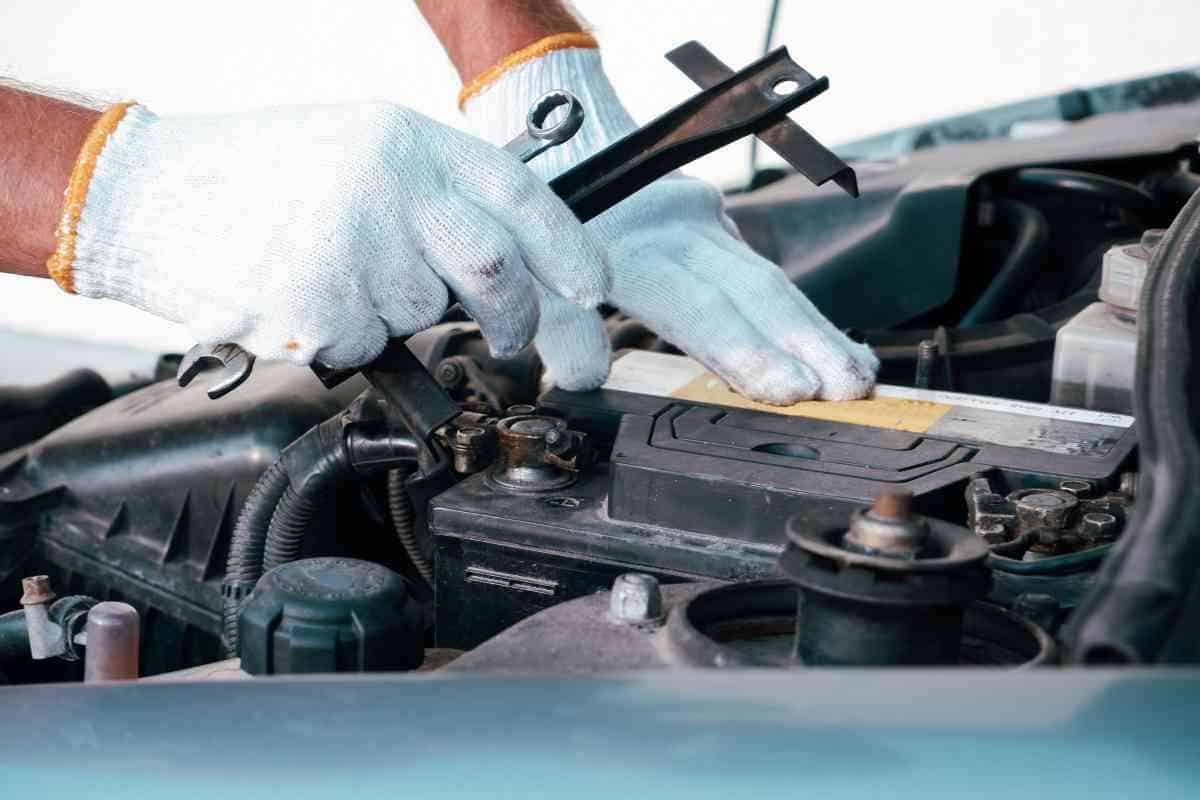
Test Battery Voltage
Check the battery’s state of charge using a multimeter set to a DC voltage scale above 12 volts. Connect the probes to the respective terminals; a reading below 12.4 volts may indicate the need for charging or further testing.
Load Testing
Apply a load equivalent to the engine’s starting load and observe the voltage response. A healthy battery should maintain above 9.6 volts under load. Conduct this test annually, especially if the battery is over two years old in warmer climates or four years in colder ones.
Measuring Charge Capacity
Use a hydrometer to check the specific gravity of the battery acid, which indicates charge capacity. A fully charged cell should show a reading of 1.265 or higher. Some newer batteries feature built-in indicators for simpler monitoring. However, for the most accurate assessment, consider a professional test at a repair shop.
By adhering to these guidelines, you can ensure your car’s battery remains in top condition, providing reliable performance and extending its lifespan.
Signs of Battery Failure
Maintaining a car’s battery is vital to ensure it functions properly, especially since a failing battery can leave you stranded unexpectedly. Recognize these signs to avoid surprises:
- Slow Engine Crank If your engine takes longer to start, it may indicate your battery is losing charge. This slow crank suggests it’s time to check the battery’s health.
- Dimming Headlights and Electrical Issues Dimming headlights or sluggish electrical components can signal a weakening battery. These issues are typically related to reduced battery power.
- Dashboard Warning Lights Pay attention to your car’s dashboard warning lights. A lit battery light or check engine light can indicate battery or charging system problems. Prompt testing is recommended.
- Swollen Battery Case Extreme temperatures can cause your battery case to swell, which often means the battery’s life will be shortened and it may be prone to failure.
- Corrosion on Battery Terminals Blue-green corrosion on the terminals is a sign of aging. This can lead to poor connections and, eventually, battery failure. Inspect regularly to determine if cleaning or replacement is necessary.
- Battery Replacement Process Replacing your car’s battery involves several key steps to ensure a smooth transition from the old battery to the new one.
Related Post! Do Car Battery Blankets Really Work?
Car Battery Replacement Step-By-Step Guide
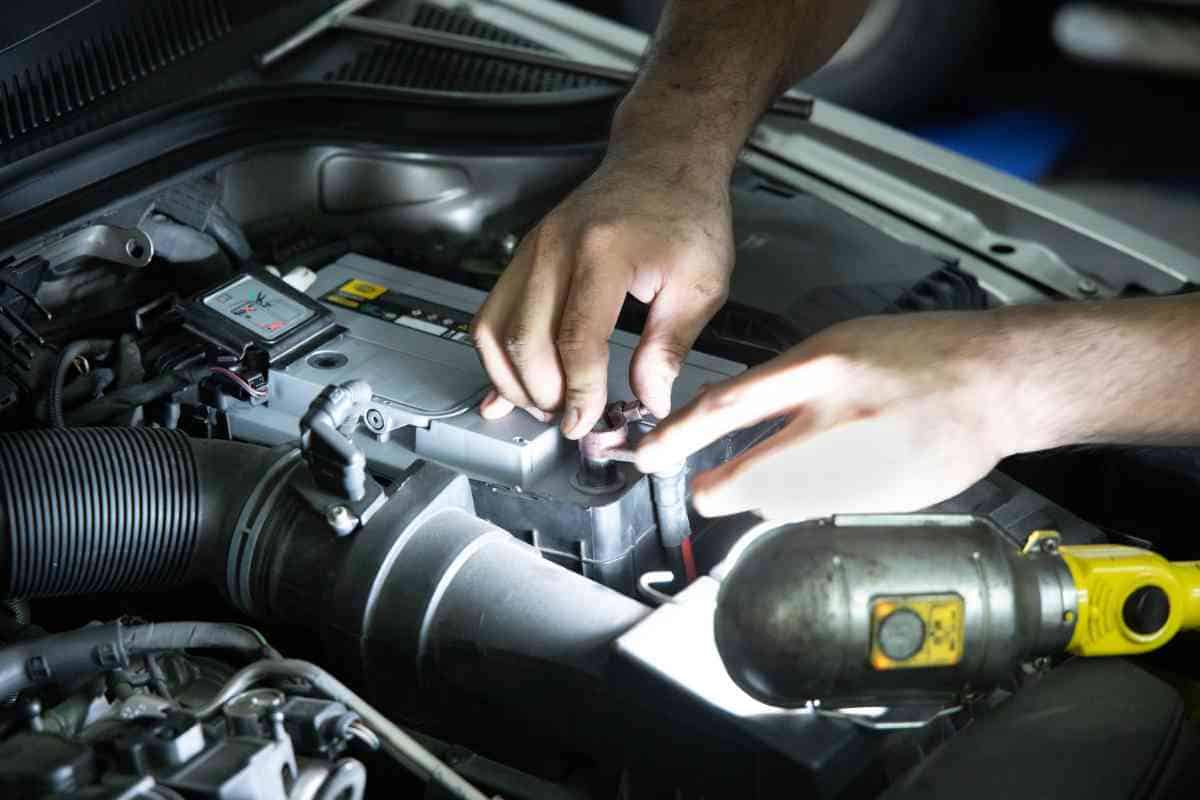
Choosing the Right Replacement Battery
Always consult your owner’s manual for the manufacturer’s recommended battery specifications or use an auto parts store’s database to find the right battery. Consider size, power requirements, and compatibility. An upgraded battery with higher Cold Cranking Amps (CCA) might be beneficial, especially in colder climates.
Removing the Old Battery
Ensure the engine is off and the vehicle is in park with the emergency brake engaged. First, disconnect the negative cable (marked with a minus sign) to prevent short circuits, then the positive cable (marked with a plus sign). Use the proper tools to avoid sparks.
Installing the New Battery
Carefully position the new battery in the mount, securing it firmly. Reconnect the cables in reverse order: positive first, then negative. Ensure connections are snug but not overtightened to avoid damaging the posts or clamps.
Proper Disposal of the Old Battery
Do not discard the old battery in the trash. Take it to an auto parts store, battery recycling center, or hazardous waste disposal facility. Returning your old battery can often secure a core charge refund, saving money and benefiting the environment.
By following these guidelines, you can maintain your car’s battery effectively, ensuring reliability and extending its lifespan.
Related Post! Does Playing Music Drain You Car Battery?
